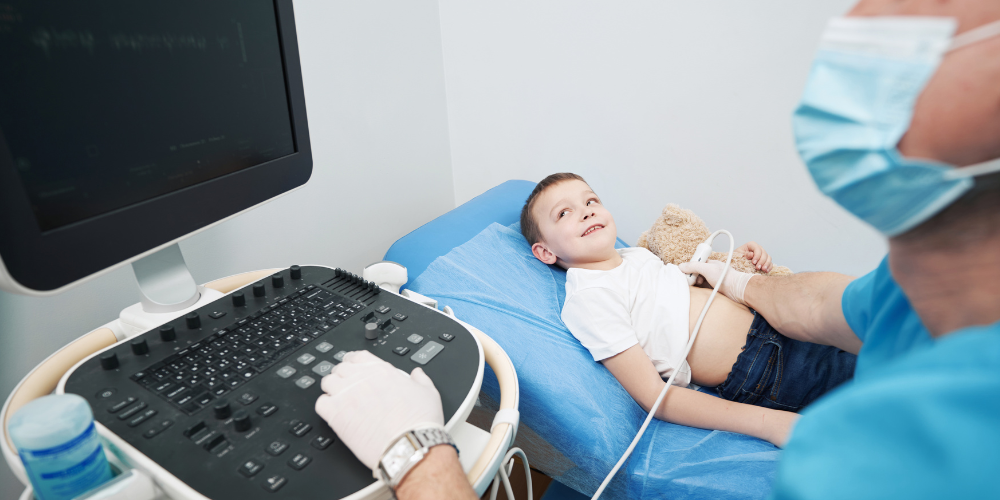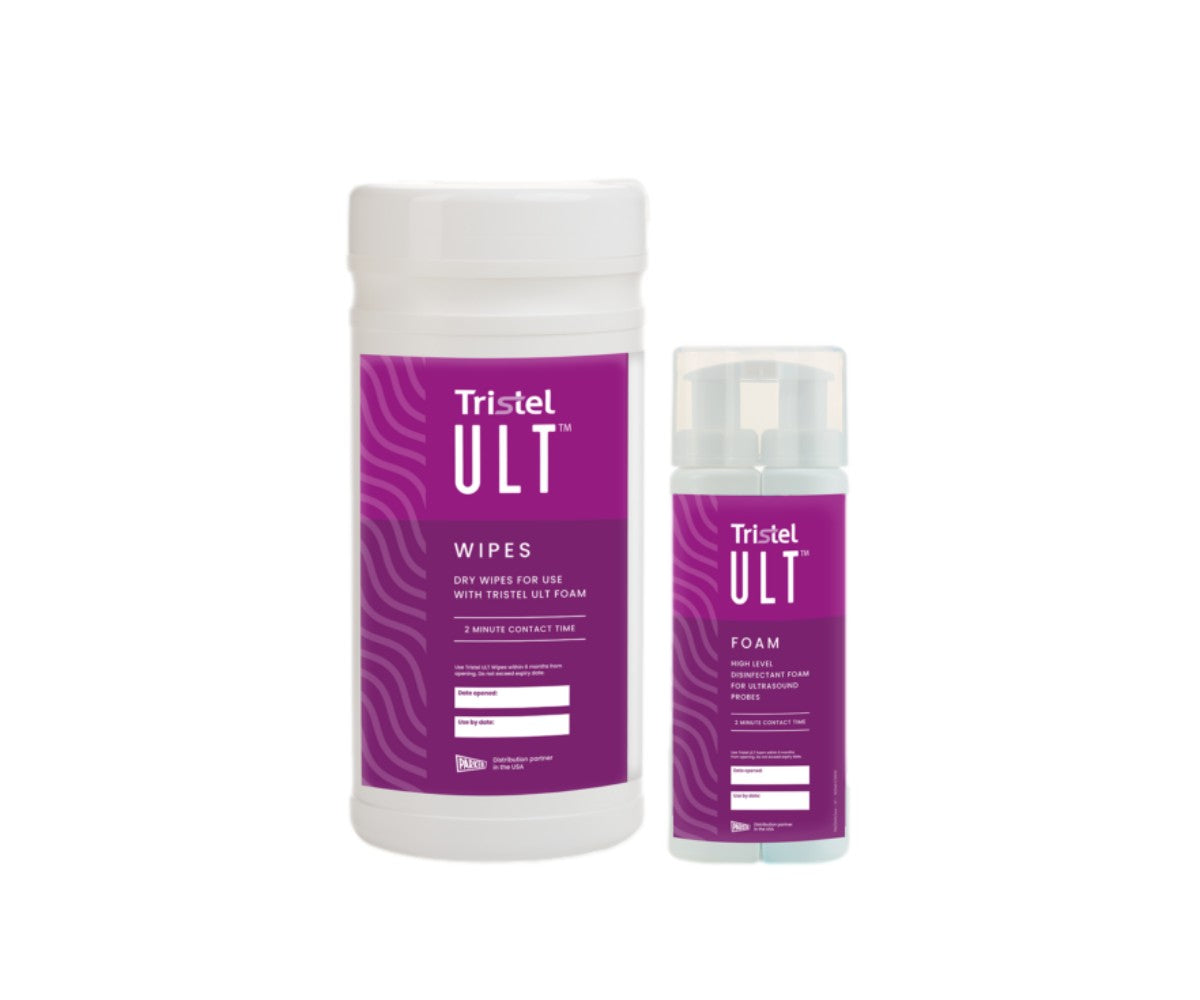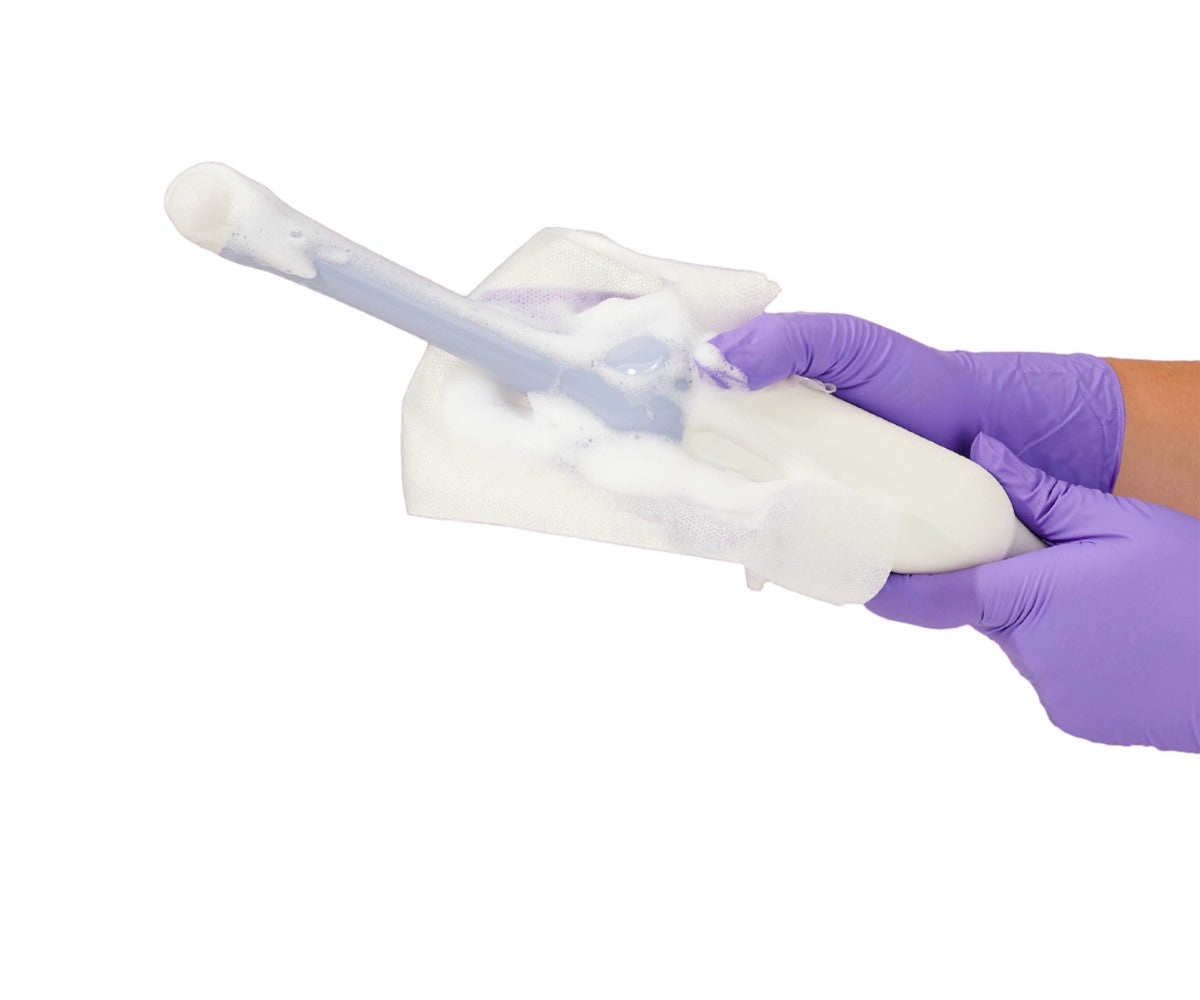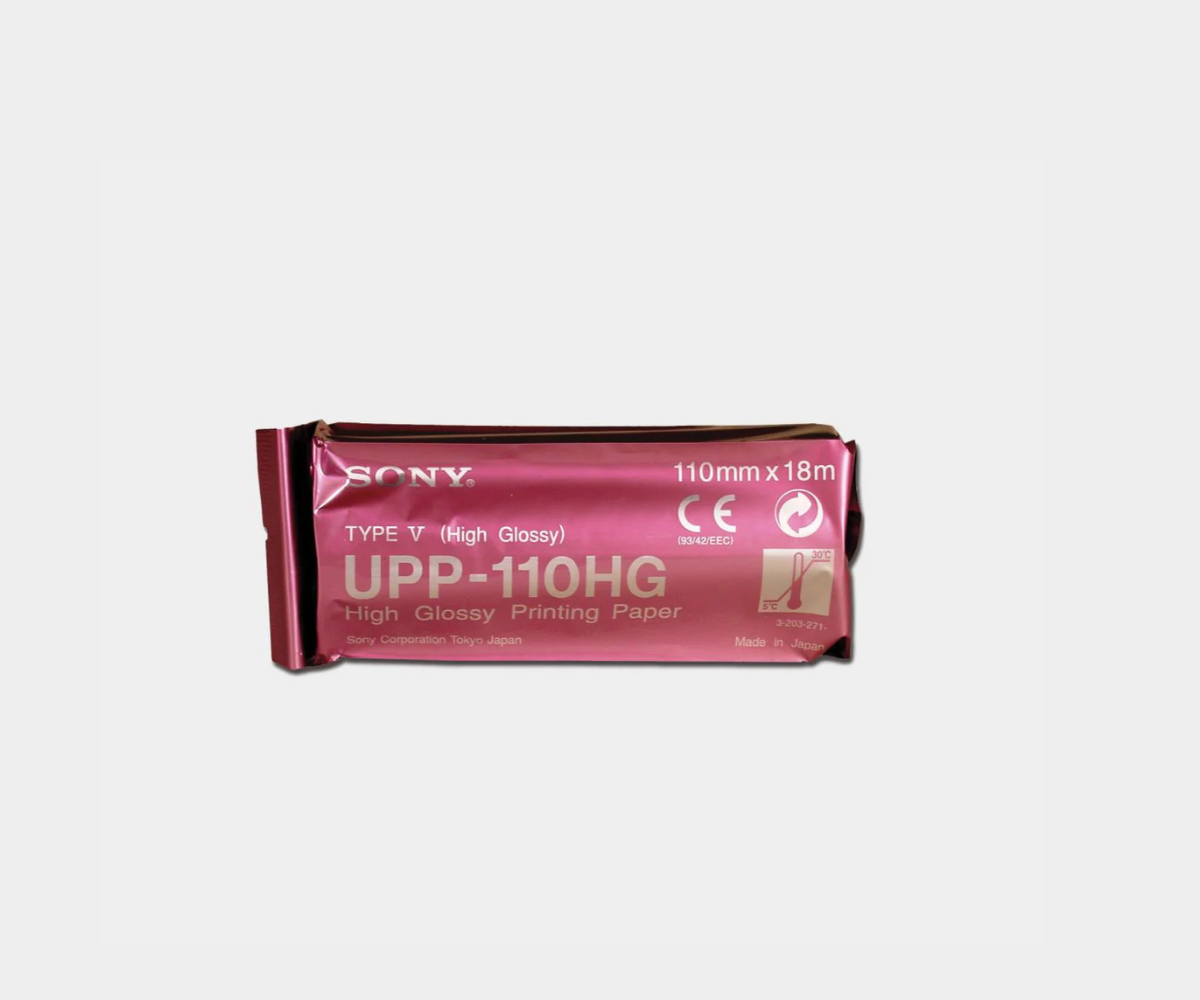Over the last decade, lung ultrasound (LUS) has undergone a transformative journey in its use within pediatric healthcare. The pediatric population's unique anatomical characteristics, such as less subcutaneous fat and partially ossified chest walls, have facilitated improved acoustic windows, enabling clearer visualization of pulmonary structures. Initially used as a supportive diagnostic tool alongside conventional radiological investigations, LUS has gradually expanded its indications.
In this article, we will explore the expanding applications of LUS in pediatric medicine, focusing on its role in detecting pneumothorax, diagnosing neonatal respiratory diseases, and managing pneumonia.

Pneumothorax
The burgeoning interest in pediatric point-of-care ultrasound (POCUS) for pneumothorax (PTX) detection stems from the limitations of traditional imaging modalities like chest X-rays (CXR), particularly in supine patients with small PTXs, where CXR sensitivity is known to be limited.
While computed tomography (CT) remains the gold standard, its drawbacks in terms of radiation exposure and patient transportation, especially in critically ill pediatric cases, underscore the need for alternative diagnostic tools.
Studies have confirmed the diagnostic accuracy of LUS for PTX, with sensitivity, specificity, positive predictive value, and negative predictive value reaching up to 100%. LUS enables rapid bedside diagnosis, potentially facilitating timely interventions and reducing the need for CT scans, thereby minimizing radiation exposure while maintaining high diagnostic precision.
However, lung ultrasound may have limitations in assessing the volume of PTX necessary for determining treatment strategies. Nevertheless, the identification of the lung point in supine patients through LUS offers a semi-quantitative estimation of PTX volume, distinguishing between large and small PTXs.
Neonatal respiratory diseases
Neonatal respiratory diseases have long posed diagnostic challenges due to the limitations of signs, symptoms, and conventional imaging modalities like CXR, which often exhibit wide inter- and intra-observer variability. However, lung ultrasound has shown promise in detecting congenital lung diseases such as pulmonary sequestration, congenital pulmonary airway malformation, and congenital diaphragmatic hernia, providing clinicians with a non-invasive and potentially more reliable alternative for diagnosis, especially when traditional imaging methods fall short.
According to a study published in in Quantitative Imaging in Medicine and Surgery in 2018, LUS demonstrated a sensitivity of 95.6% and specificity of 94.4% for diagnosing respiratory distress syndrome (RDS), and a sensitivity of 93.3% and specificity of 96.5% for transient tachypnea of the newborn (TTN). LUS has become as a valuable tool in neonatal intensive care units (NICUs), offering real-time insights into various pulmonary conditions.
It has also proven instrumental in diagnosing a range of disorders, including meconium aspiration syndrome (MAS), neonatal pneumonia, pulmonary hemorrhage, pneumothorax, and bronchopulmonary dysplasia (BPD). Furthermore, studies have highlighted its utility in predicting the need for interventions like surfactant administration, facilitating personalized patient management strategies.
Pneumonia
Pneumonia is the leading cause of death among children from infectious diseases, taking the lives of over 700,000 children under the age of five annually.
In a groundbreaking study published in Pediatric Pulmonology in 2013, the utility of LUS in pneumonia diagnosis and management was explored. This single-blind observational study, conducted on 102 pediatric patients in a pediatric emergency department (PED), aimed to assess LUS's effectiveness in diagnosing and monitoring pneumonia, comparing it with CXR.
Results indicated that LUS is a reliable imaging tool, comparable to CXR, in identifying pleuropulmonary lesions in children suspected of pneumonia. Subsequent research has further supported the potential of LUS to revolutionize diagnostic approaches to this prevalent childhood illness.
In subsequent years, numerous studies have reinforced the case for LUS in diagnosing pediatric pneumonia, with sensitivity ranging from 87% to 100% and its specificity ranging from 85% to 100%.
However, challenges remain in standardizing LUS protocols for pneumonia diagnosis and determining clinical decision thresholds, including when to proceed with additional imaging or antibiotic therapy based on LUS findings. Future research should focus on addressing these questions while exploring the potential of LUS for etiological diagnosis to optimize antibiotic treatment strategies.
The future of LUS in pediatric care lies in expanding its diagnostic capabilities and addressing existing challenges. Research avenues include enhancing LUS's ability to differentiate between viral and bacterial respiratory infections, developing artificial intelligence algorithms for pattern recognition, and exploring contrast-enhanced LUS for complicated pneumonia cases.
Overall, lung ultrasound holds immense promise as a versatile imaging modality in pediatric medicine, offering a radiation-free, real-time diagnostic alternative with considerable potential for enhancing clinical care and patient management.

EDM Medical Solutions is a premier supplier and manufacturer of medical imaging products, including ultrasound supplies, surgical drapes, and needle guides. We are committed to delivering a high-quality and cost-effective range of products that enhance patient care and operational efficiency.
Our Krystal brand, featuring probe covers and equipment drapes, sets the industry standard for quality, safety, and reliability. Switching to Krystal can mean up to 30% in savings on your supplies.
With market-leading prices and rapid shipping options, we ensure our clients have immediate access to the supplies they need, when they need them. That's why over 2,000 facilities in the US choose EDM.
By prioritizing customer satisfaction and maintaining excellent service standards, EDM continues to be the partner of choice for facilities across clinical areas, including ASCs, imaging centers, and Ob/Gyn practices.










